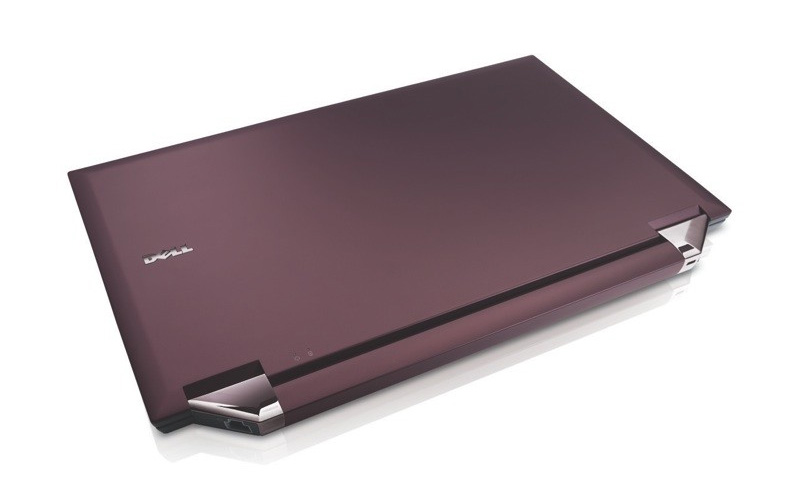 A new peer-to-peer system called Tribler has been created which rewards those who share selflessly and penalizes lechers. One of the biggest problemswith peer-to-peer networks is that all too often people are taking from the system rather than giving to it. If too many are downloading content at any one time, the networks can become sluggish. Tribler uses bandwidth as a currency, so those offering upload capacity receive a credit for future downloads.
A new peer-to-peer system called Tribler has been created which rewards those who share selflessly and penalizes lechers. One of the biggest problemswith peer-to-peer networks is that all too often people are taking from the system rather than giving to it. If too many are downloading content at any one time, the networks can become sluggish. Tribler uses bandwidth as a currency, so those offering upload capacity receive a credit for future downloads.
Dr Johan Pouwelse, an assistant professor at Delft University of Technology, Amsterdam, is the co-creator of Tribler. He’s been working with associate professor David Parkes from Harvard University to add an accounting system to Tribler to encourage users to upload as often as they download.
“In our model your TV would use "TV watching minutes", our form of P2P currency, to download content,” said Dr Pouwelse. “The TV would connect directly to the internet and provide video on demand in HDTV quality. After you watch a program on TV, the system would automatically share this program during the night with other people, until your ‘TV watching minutes’ credit is healthy again. If we get this right, it would mean quite a change in the TV business.”
Tribler is being reviewed by the European Broadcasting Union, which is attempting to create a standardized European broadcasting system. It’s already tested several other P2P systems, andis building a medial portal whereby members will be albe to publish their radio and TV channels all across Europe. Tribler is considered a good candidate for the EBU, especially as it containssocial networking technology that helps to police the system and encourage fair sharing. Tribler has also been used to turn Sony’s PlayStation 3 into a video-sharing device.



